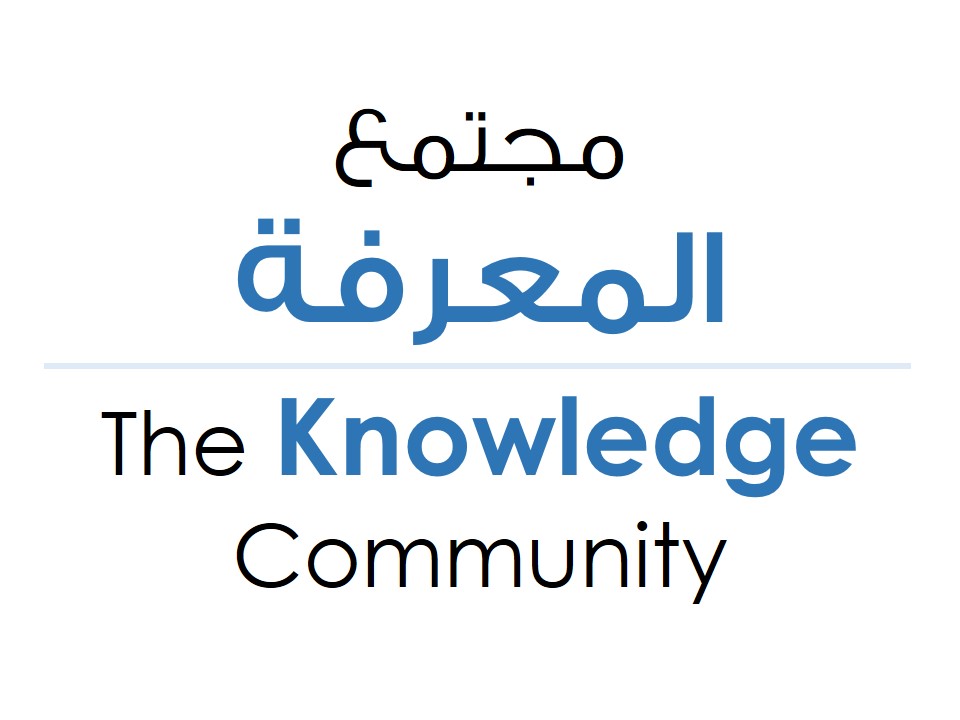Reading: Teaches Young People Empathy and Tolerance, Study Finds
Reading a popular children’s fiction series encouraged tolerance in children, teenagers, and even young adults, according to a study published in the Journal of Applied Social Psychology.
Research conducted by a group of academics from universities in the UK and Italy focussed on J.K. Rowling’s Harry Potter series. Writing for the Psych Central website, study co-author Hannah Spruce said: “Notably, improved levels of tolerance were observed only in participants who identified with the central character Harry, who possesses positive characteristics like bravery, courage and open-mindedness.”
The study recommended encouraging children to read highly engaging fiction as a way to improve their ability to identify with others and to appreciate alternative perspectives. “Reading helps expose children to scenarios, experiences, and beliefs outside their own experiences. It has been suggested that reading could also reduce violent tendencies by building the networks in our brains responsible for planning and impulse control. Reading helps children to think through situations,” said Spruce.
She added: “Learning ‘perspective taking’ is crucial as children are not innately born with social values and are, in fact, profoundly egocentric and highly sensitive to negative social norms like homophobia and racism. Empathy and inclusive behaviors need to be taught and practiced with children in order to create kinder, more compassionate children, who feel confident to challenge negative cultural views.”
The deep reading experience, because it is an intensely imaginative activity, allows children to develop cognitive skills like sensitivity, empathy, and self-awareness.
Lightness and Courage
SychcentralThe study found that when participants who identified with Harry read about his attitudes toward fictitious stigmatized groups such as house elves and so-called mudbloods, his inclusive attitudes were projected by them onto real-life stigmatized social groups.
The study also found that when children see characters like Voldemort and bully Draco Malfoy with whom they do not identify, it leads them to reject the views held by the negative characters. According to Spruce, “Tyrannical villains like Voldemort who draw subtle parallels with real-life figures offer an effective way of teaching children to celebrate and value difference. Further, it demonstrates in a child-friendly manner the harm that views against blood purity in the wizarding world and racial discrimination in the real-world can cause.”
The study group comprised 32 Italian primary school children who were divided into small groups. Some groups were provided passages that broached the theme of tolerance, while others were given descriptive passages whose subject matter was much lighter.
Over the course of six weeks, a researcher conducted sessions with the children, reading passages and then discussing their thoughts on them. This field work supported researchers’ initial hypothesis that the themes of tolerance and justice in the books would have a spill-over effect on readers as they develop thoughts on these issues. Examples of such passages include: ‘Differences of habit and language are nothing at all if our aims are identical and our hearts are open,’ ‘Do not pity the dead, Harry. Pity the living, and, above all, those who live without love,’ and ‘Dark times lie ahead of us and there will be a time when we must choose between what is easy and what is right.’
As a control measure, researchers collected the children’s opinions on stigmatized social groups such as homosexuals, immigrants, and refugees before and after they had read the passages to gauge the impact of the reading experience.
The study concluded that reading the Harry Potter books was an excellent way to tackle sensitive subjects with children. Despite much of the darkness that exists in the books, such as the huge and devastating wars and the death of Harry’s parents, they contain a great deal of lightness and courage too. The books teach children to ‘battle on’ as Dumbledore says, and always fight for justice.
Positive Role Models
In addition, the book provides vivid role models for children through such courageous and compassionate characters as Harry, Neville Longbottom, and Hermione Granger. According to social cognitive theory advanced by Albert Bandura, a professor at Stanford University, when readers are exposed to vicarious experiences through fiction, they learn the actual intellectual and emotional responses displayed by characters.
Bandura calls the process symbolic interaction. In the case of Harry, by identifying with him as the narrator, they engage in an act of imagination that lets them not only empathize with Harry, but with the characters that he interacts with too. “Since Harry is such a positive role model, this act of imagination could help children to feel more comfortable speaking out against discrimination. The books offer an opportunity for children to mentally project themselves into a role where they are better able to understand stigmatized social groups and to speak up against injustices,” concluded Spruce.
Promoting Tolerance in Schools
Writing on the Fight Hatred website, author Kelly Morgan said: “If young readers could learn tolerance and empathy while reading Harry Potter, what could happen if we gave a generation of students the chance to read Harry Potter? It’s already a part of popular culture and is a well-known series around the world. And while the series is very young compared to the works of Shakespeare and Harper Lee, that’s not a good enough excuse to keep it out of reading lists in schools.”
She added: “If we educate our young students on the ideas of empathy, prejudice, and acceptance, it could provide the change we need to end stigmas around the world. And in a time like ours, we might just need more empathic people to change society.”
Books offer an opportunity for children
to mentally project themselves into a role
where they are better able to understand
stigmatized social groups and to speak
up against injustices.
QUOTES ON TOLERANCE
“Tolerance only for those who agree with you is no tolerance at all.”
Ray A. Davis, author
“Laws alone cannot secure freedom of expression; in order that every man present his views without penalty there must be spirit of tolerance in the entire population.”
Albert Einstein, theoretical physicist
“Tolerance isn’t about not having beliefs. It’s about how your beliefs lead you to treat people who disagree with you.”
Timothy Keller, theologian
“If we could look into each other’s hearts and understand the unique challenges that
each of us faces, I think we would treat each other much more gently, with more love, patience, tolerance and care.”
Marvin Ashton, writer
“Tolerance is possessing a heart or a spirit that gives room at all times for people’s weakness and imperfection with a view to fostering peace and promoting friendship.”
John Ibenu, bishop
























